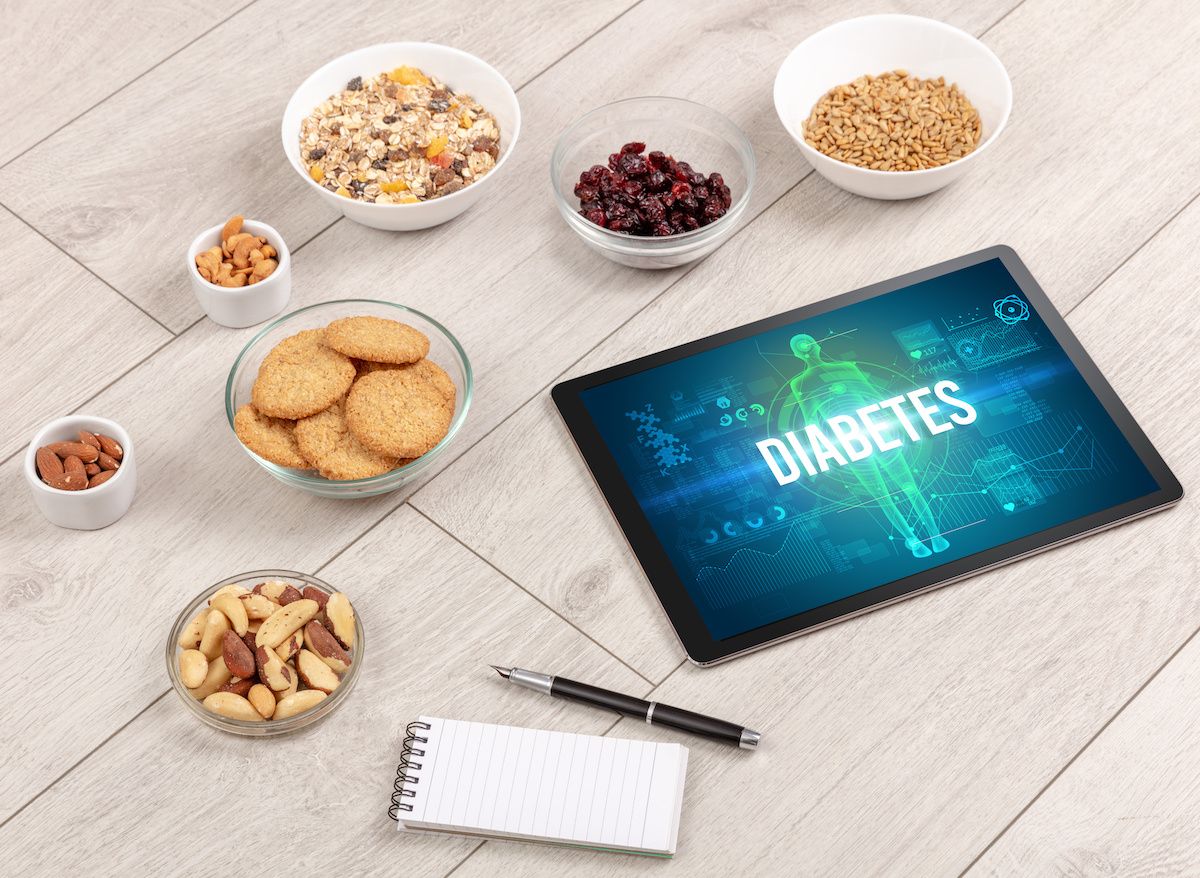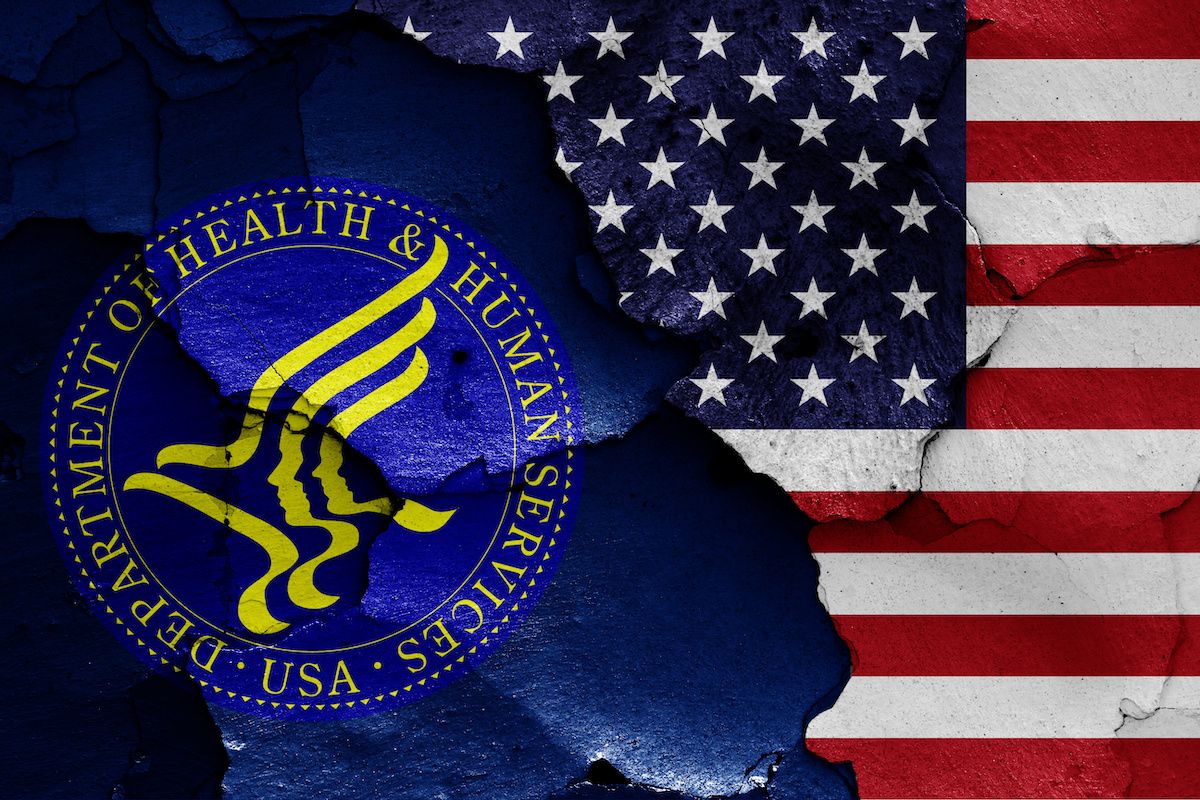Article
Follow-up care: Nuts, bolts, carrots, and sticks
An efficient reminder system isn&t enough. You also need ways to motivate patients. Here are tips sure to get results.
Follow-up care: Nuts, bolts, carrots, and sticks
An efficient reminder system isn't enough. You also need ways to motivate patients. Here are tips sure to get results.
By Wayne J. Guglielmo
Senior Editor
Getting patients in for a follow-up visit can be a pain. Just ask Brookline, MA, dermatologist Alan S. Rockoff. Several years ago, Rockoff was examining a man with a history of basal cell carcinomas when he noticed a nearly invisible spot on the bridge of the patient's nose. He urged the middle-aged man, a professor at a nearby college, to make a follow-up visit if any changes occurred. The man didn't callnor did he keep his annual checkup appointment. Instead, he waited 18 months before leaving a message about "something on my nose."
Rockoff called several times to get him to come in. Five months later, the patient finally showed up. By this time, the tiny spot had grown and ulcerated. "He explained that he was busy and that 'my voice didn't sound urgent enough to rush,' " Rockoff says. The man went to another dermatologist, while threatening to report Rockoff to the medical board for "negligence."
You can't force patients to make and keep follow-up appointments, of course, even when such visits are clearly in their best interest. But as frustrating as missed appointments and unheeded warnings can be, you can't throw up your hands in resignation, either.
Shifting the entire burden of responsibility to patients isn't an option, experts say. For one thing, patients who should be followed, but aren't, may pose a malpractice risk. For another, some doctors have themselves to blame for their poor record of no-shows.
To find out which motivational techniques and reminder tools work best, we talked to doctors and consultants from around the country.
Good salesmanship (and a friendly office) is crucial
"Many doctors aren't very good at selling patients on why they should come back in," says Judy Bee, a practice management consultant in Long Beach, CA.
The trick to good clinical salesmanship, Bee says, is giving patients a reason to follow up that's important to them. "You might say, 'If the blood pressure medication we have you on isn't working, you might not know until you have a heart attack or stroke. So we need to check your pressure in 90 days to make sure your treatment is succeeding.' "
Likewise, says Rapidan, VA, general practitioner Patricia L. Elliott: "I explain to patients while they're still in the office why they need to follow upfor instance, to make sure an infection is getting better when they wouldn't be able to tell themselves."
FP Stanley J. Savinese of Aston, PA, uses a variation on this approach. "I use the Scheherazade technique of stressing there's more to come later," says Savinese. "For example, I might say, 'We'll get some blood today for the two tests I want you to have. When you come back in two weeks, we'll go over everything to make sure we're on the same wavelength. Then we'll come up with a treatment plan.' "
For patients who miss their follow-up appointments despite the pitch, stepped-up salesmanship is required. "At the end of the day, I ask for the charts of all patients who missed their follow-up appointments," says Thomas M. Chin, a family physician in Chesapeake, VA. "Then I send them a letter explaining why it's in their best interests to allow us to monitor the progress of their disease. I have specific letters for hypertensives and diabetics, as well as more general letters for asthmatics, hyperlipidemics, and others."
Good communication is helping these doctors cut their no-show rates. But communication alone won't work, say experts, if patients face hassles once they leave the exam room. Former surgeon Michael S. Woods, whose book on physician leadership in the health care system will be published this fall, notes that if patients face long waiting times, a rude or condescending office staff, and inflexible appointment schedules, no one should be surprised if follow-up compliance is poor. The remedy, he continues, is for physicians to develop consumer-friendly practicesones focused more on patients than on efficiency.
Carrot and stick approaches to patient follow-up
A friendly office and good doctor-patient communication aren't the only spurs to improved follow-up compliance.
Consultant Judy Bee thinks that patients who've kept their appointments "need to have some validation for doing the right thing." Validation can take any number of forms, including a simple "Congratulations, you're doing such a good job!" says Bee. The important thing, she emphasizes, is that reinforced behavior is more likely to be repeated in the future.
Besides a pat on the back, Thomas Chin offers his returning patients an additional incentive. "I try to focus patients' attention on a different aspect of their care each time they return to the office," Chin says. "With a diabetic patient, for instance, I might use one visit to emphasize the benefits of proper diet and exercise on blood sugar. Another visit might be largely devoted to the importance of an annual eye exam and periodic lab testing. And yet another visit might deal with the effect of a patient's other health problems on his diabetes."
In very busy practices, patient educationand even pep talksmight be handed over to a nurse practitioner or other staffer. "Often, physicians aren't as good at motivation and explanation as nurses and lay people are," says Bee. "Doctors use words patients don't understand, and patients are too embarrassed to say, 'Huh?' "
Some doctors use the stick, instead of the carrot, to encourage good behavior. GP Patricia Elliott charges for missed appointments not rescheduled beforehand. Occupational medicine specialist John C. Johnson of Valparaiso, IN, like many doctors, limits prescription quantities, so patients are forced to return for a monitoring visit in order to have their Rxs refilled.
Perhaps the most no-nonsense of all approaches is that of internist Miles Hassell of Portland, OR. "I invite patients to leave the practice if they continue to ignore follow-up," Hassell says. "If they don't switch doctors, they become pretty compliant."
But are such extreme measures really necessary? Some doctors would argue No. "I know that many physicians don't share my opinion, but I feel it's the patient's responsibility to keep follow-up appointments," says FP David P. Watkins of Angola, IN. "If patients fail to follow up, that's an indication to me that they don't want treatment."
Watkins is "especially critical of attorneys who say it's the doctor's responsibility to remind patients of follow-up visits." Once he informs a patient that a return visit is necessary and documents that fact in the chart, he says, his job is essentially over. The one exception is patients with a failing memory who ask him to send a reminder. Otherwise, he says, "if a patient has a problem because he fails to follow up, it's his problem, not mine." That point of view may be sound ethically, but it increases doctors' malpractice risk, experts say (see "No-shows: How to minimize your risk").
Ticklers, PDAs, e-mail, and other reminder tools
Motivating patients to show up should be supplemented by the right reminder tools. These days, there are more options to choose from than ever before.
"Most practice management software contains a 'tickler' feature," says health care consultant Gary W. Thompson of Lakewood, CO. "This reminds doctors and their employees which patients are due for a follow-up that week or month. Some systems will even print out postcard reminders."
Two popular products that incorporate features like these as part of their broader electronic menu are MediSoft Advanced, produced by MediSoft in Mesa, AZ; and +MEDIC Tiger, produced by Medic Computer Systems of Raleigh, NC. +MEDIC Tiger also offers two online products for making follow-ups less of a hassle. The firstFast Reminderis an automated system for mailing out patient reminders; the secondFastCallis an automated system for generating electronic voice reminders.
Some doctors are also using their personal digital assistants to track follow-ups. "During the initial patient visit, I record the expected date of follow-up in my PDA," says nephrologist Gary G. Kardos of San Francisco. "I then set the PDA alarm and check it each morning. From there, it's a simple step to have an assistant pull the charts and contact the patient or patients as necessary."
Other doctorslike internist Abhinav Singla of Oak Brook, ILsend e-mail follow-up reminders to their patients' PDAs. Generally, Singla makes extensive use of e-mail in his practice. "About 75 percent of my patients use e-mail, so it's easy to send reminders," he says. Singla also sends a special e-mail reminder to his diabetic patients the night before a visit, reminding them to bring in their blood sugar logs.
Patients seem to appreciate efforts like these. Says Gary Kardos: "I'm constantly amazed when I contact a patient about a failure to follow through, and she says, 'Oh, thanks. I guess you really do care. I'll do better next time.' "
No-shows: How to minimize your risk
According to office practice guidelines published by the Risk Management Foundation of the Harvard Medical Institutions, doctors should make a reasonable effort to contact patients who miss scheduled appointments, tests, or follow-ups.
What's reasonable, says the foundation, depends on the clinical importance of the test or visit, the severity of the patient's medical condition, and the risk associated with the missed appointment.
A single phone call or postcard is usually sufficient for patients at minimal risk. Patients requiring ongoing monitoring or treatment need to be informed more formally of the risks they runthrough certified mail, for example. Under the new HIPAA privacy rules, patients have the right to request an alternative method of notification, according to Boston-based health care attorney Lawrence W. Vernaglia.
"Document your attempts to follow up," say the foundation guidelines, "as well as missed appointments, failure to follow up, failure to follow care instructions, and any other examples of patient noncompliance, along with the patient's stated reason for missing the appointment."
In short, protect yourself, even if you think patients have the ultimate responsibility for their own health care.
Wayne Guglielmo. Follow-up care: Nuts, bolts, carrots, and sticks. Medical Economics 2001;18:30.





